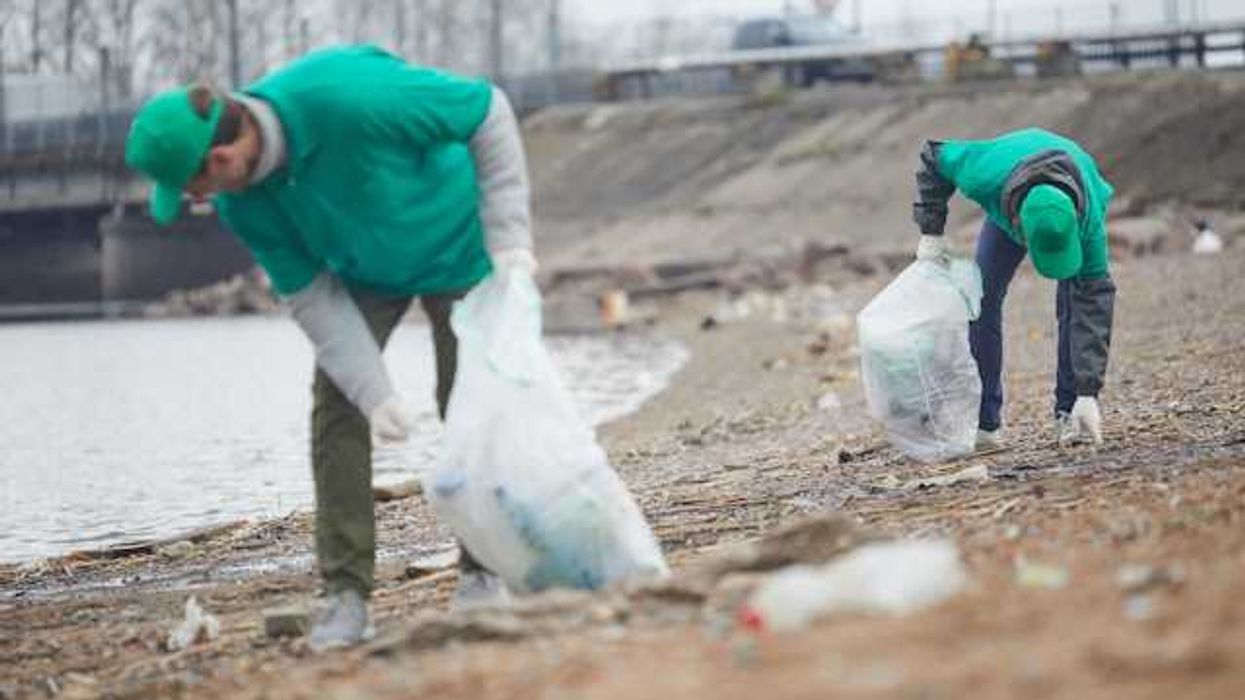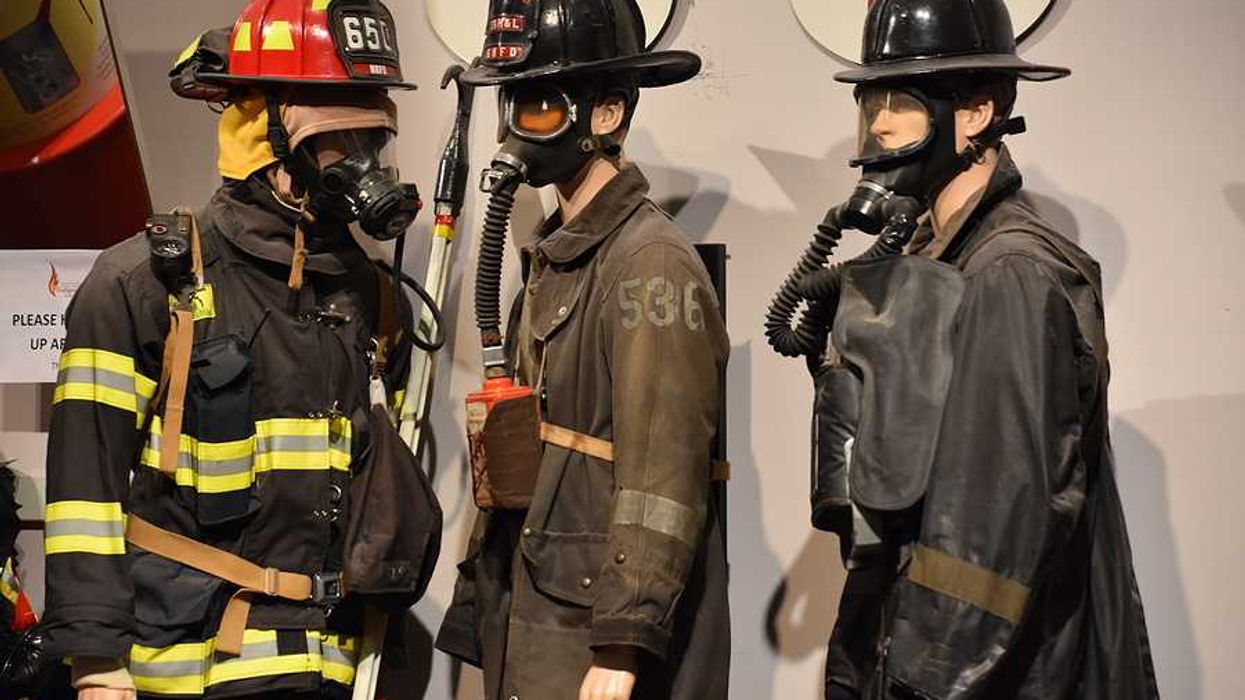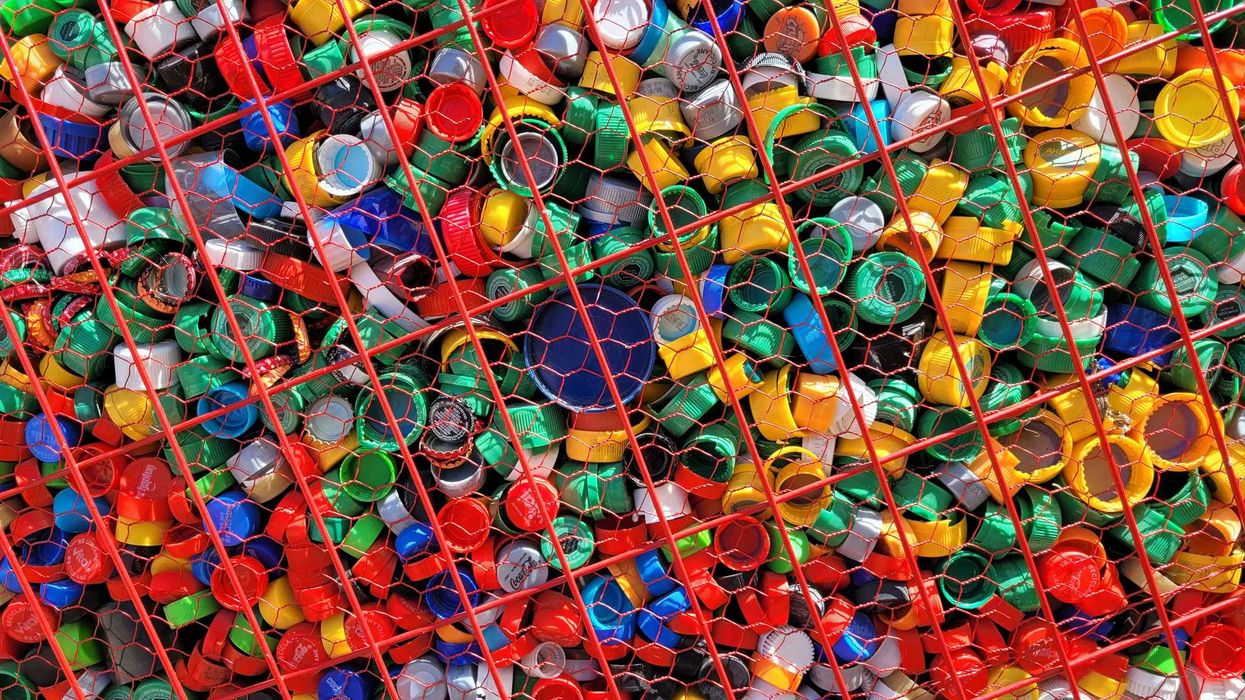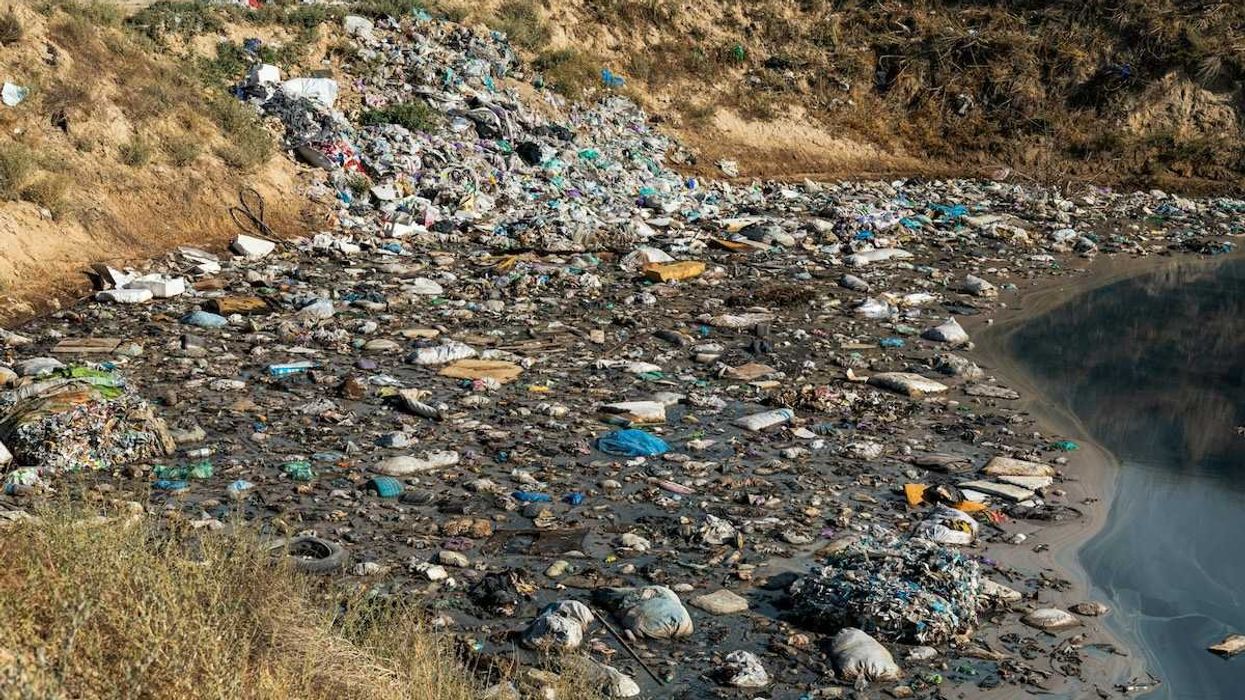Blow-drying or curling your hair may expose you to more airborne pollution than standing in heavy traffic, new research finds.
Lucy Notarantonio reports for Newsweek.
In short:
- Researchers at Purdue University found that using heat-based hair tools with common products can release over 10 billion nanoparticles per cubic centimeter into the air, matching pollution levels found near highways.
- Volatile ingredients like D5 siloxane, commonly used in creams and sprays, form ultrafine particles when heated and are easily inhaled into the lungs, potentially affecting respiratory and cognitive health.
- The researchers warn that indoor spaces with poor ventilation, such as bathrooms, may significantly increase exposure to these chemical emissions during typical grooming routines.
Key quote:
""This is really quite concerning. The number of nanoparticles inhaled from using typical, store-bought hair-care products was far greater than we ever anticipated."
— Nusrat Jung, professor at Purdue University
Why this matters:
Indoor air pollution has long flown under the radar, but activities like hair styling may be a major source of exposure to harmful airborne particles. Products labeled as safe for cosmetic use can release hazardous chemicals — especially when heated — leading to respiratory inflammation, potential cognitive effects, and long-term health risks that remain poorly understood. Unlike outdoor pollution, which is monitored and regulated, indoor emissions from everyday products often escape scrutiny. Bathrooms, where at-home styling often takes place, are rarely well ventilated, allowing high concentrations of nanoparticles to build up and be inhaled directly. This raises broader concerns about how many consumer products may quietly be affecting health, especially in enclosed spaces where families live, work, and breathe.
















